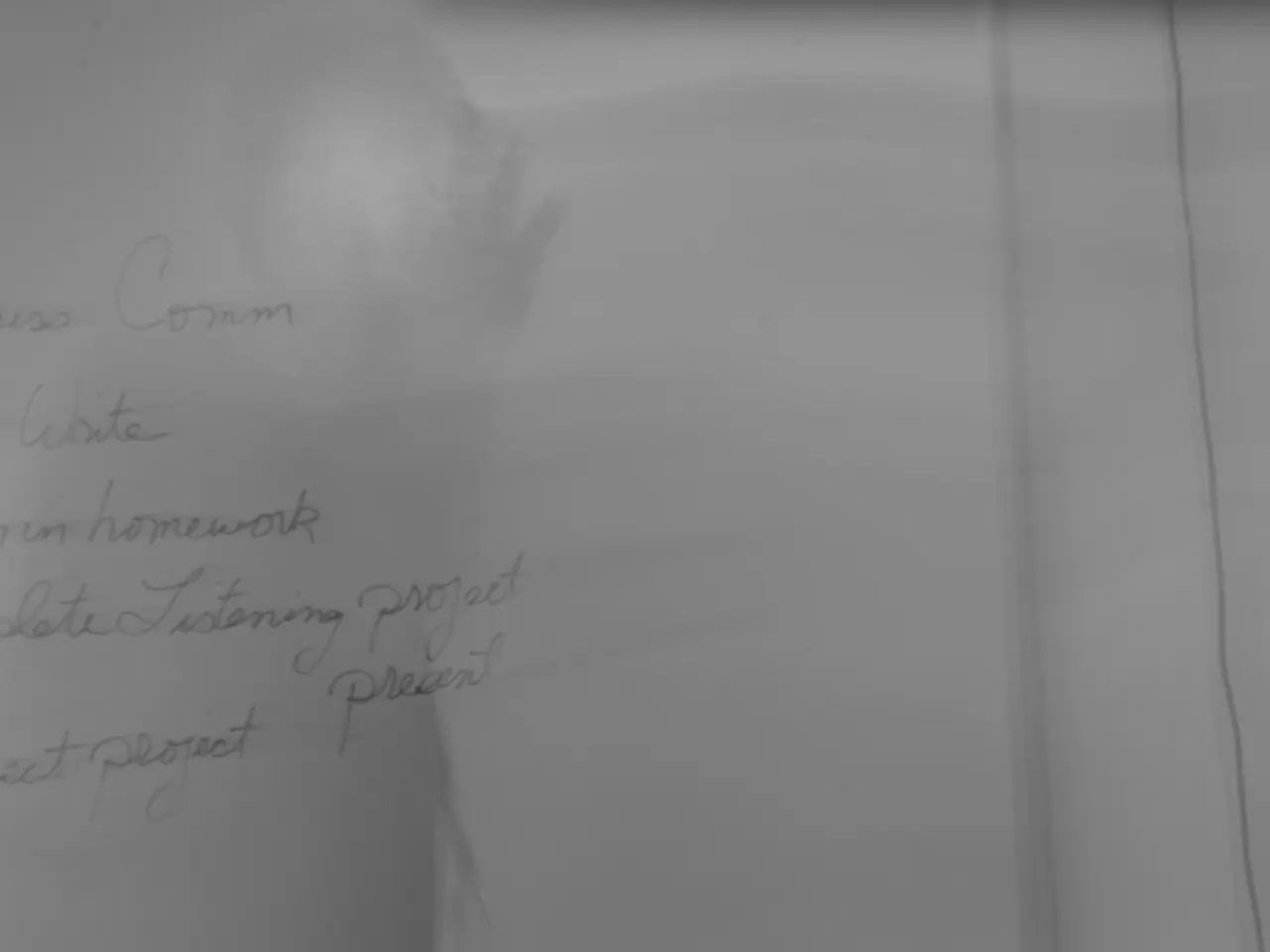Sluggish collection of non-corporate taxes, coupled with increased refunds, has caused net direct tax collections to experience negative growth, totaling ₹6.64 lakh crore.
Article Title: Decline in Net Direct Tax Collections in First Half of FY26: What's Behind the Drop?
Published on August 12, 2025
In a recent analysis, Hitesh Sawhney, Partner at Price Waterhouse & Co LLP, explained that tax collections cannot have a one-way trajectory and are more dynamic in nature. This dynamic nature has been evident in the first half of the current fiscal year, with lower-than-usual advance tax inflows compounded by a sharp rise in corporate tax refunds.
The budget estimates direct tax collection for the current fiscal year at ₹25.20 lakh crore, a projected growth of 12.35% compared to the revised estimates of ₹22.37 lakh crore for FY25. However, the net direct tax collections amounted to ₹6.64 lakh crore, representing only about 26.3% of the target by mid-August compared to 31.3% last year. This slow start indicates a challenging year ahead unless collections accelerate significantly.
Amit Maheshwari, Tax Partner at AKM Global, attributes the decline in net collections to a higher volume of refunds, especially for the corporate tax. The contraction in net direct tax collections is largely attributed to a combination of timing and structural factors.
One of the key contributing factors is the rise in refunds. Refunds to taxpayers surged nearly 10%, with corporate tax refunds rising over 21%. This significant increase in refunds has mainly caused the sharper 4% drop in net collections, despite gross collections falling by a smaller 1.9% to 1.87%.
Another factor is the timing of tax payments. The deadline for filing personal income tax returns was extended, delaying some payments and impacting net collections in the period under review.
Lastly, the advance tax collections were weaker than expected. This reflects subdued business confidence and the impact of tax relief measures introduced in the FY26 budget, leading to slower growth in personal income and corporate tax receipts.
Non-corporate taxpayers, including individuals, Hindu Undivided Family (HUF), firms, associations, bodies, local authorities, and artificial juridical persons, were among the contributors to the tax collections. The net corporate tax collection rose by 3% to about ₹2.29 lakh crore, while the non-corporate tax mop-up declined by 7.45% to ₹4.12 lakh crore.
Ganesh Raj, Partner with EY India, expects the growth rate in direct taxes to converge to the annual budgeted growth as the year progresses. The securities transaction tax (STT) mop-up was ₹22,362 crore between April 1 and August 11.
Despite the current challenges, direct taxes are expected to continue contributing relatively more than indirect taxes to the Centre's revenues in FY26, with direct taxes consistently outperforming indirect taxes in share of gross tax revenues (59% as per BE) and in robust growth rates (12.7%).
In summary, the decline in net direct tax collections in the first half of FY26 stems from a timing shift in tax payments, increased refund payouts, and moderated advance tax inflows due to structural economic factors and policy changes. The government will need to address these factors to meet its FY26 target for direct tax collections.
[1] Business Standard, August 12, 2025. [2] Economic Times, August 12, 2025. [3] Financial Express, August 12, 2025. [4] Livemint, August 12, 2025. [5] The Hindu, August 12, 2025.
- The decline in net direct tax collections, attributed to higher refunds and slower advance tax inflows, indicates a challenging year ahead for the economy's finance and markets.
- Corporate tax refunds have risen over 21%, contributing significantly to the decline in net direct tax collections, as mentioned by Amit Maheshwari, Tax Partner at AKM Global.
- In the first half of FY26, despite a drop in net collections, the government is anticipating that direct taxes will continue to contribute more to the Centre's revenues compared to indirect taxes.
- Businesses and markets are closely watching the government's response to these challenging direct tax collection trends, as addressing these factors will be crucial for meeting the FY26 target.




